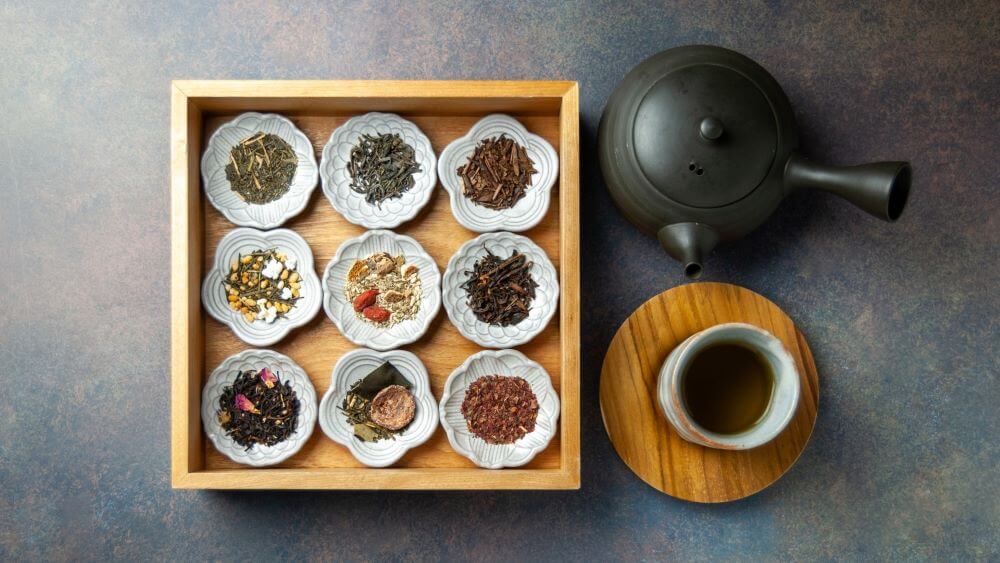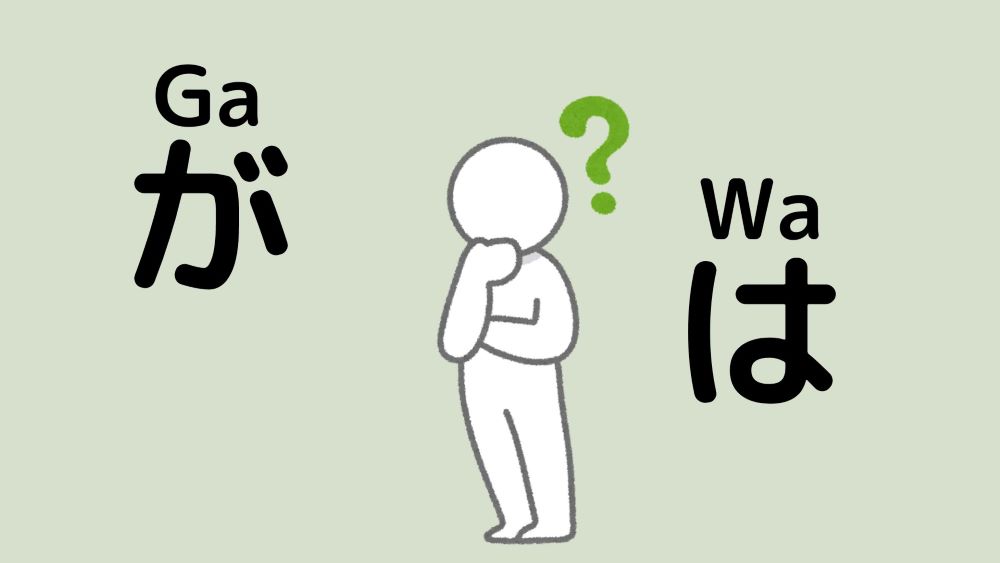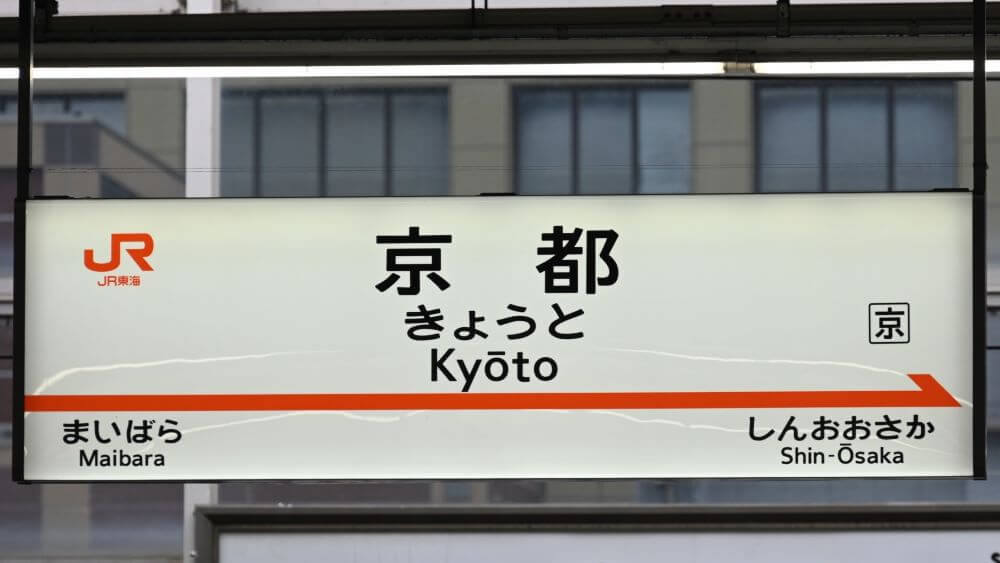Japan is known for its rich tea culture, and different types of tea are part of everyday life. This article introduces the most common types of tea in Japan, describing their flavours, and how they are typically enjoyed.
Japanese Tea Culture
In Japan, tea isn’t just a beverage. It plays a significant role in social interactions, special ceremonies, and moments of relaxation. Tea is a staple in most households and is widely available in restaurants, with many offering it as a complimentary service when you order a meal.
Traditional tea ceremonies, called sado, are still practised, and visitors can easily join these ceremonies in tourist areas.
Popular Tea in Japan
Types of Green Tea
Sencha
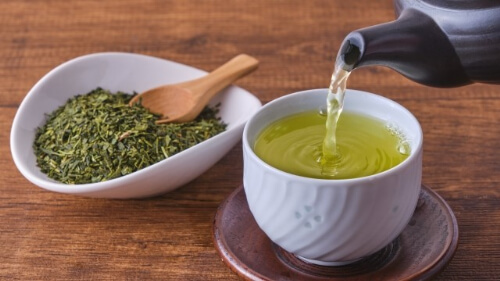
Sencha is typically enjoyed during meals or after eating, pairing especially well with seafood dishes like sushi and grilled fish. While it’s often served hot in homes and restaurants, cold bottled sencha is also widely available in convenience stores. Compared to other green teas, sencha has a milder astringency, making it easy to drink.
Sencha is the most popular type of green tea in Japan. It has a bright green colour and the aroma is fresh and grassy when infused. The taste is refreshing and offers a balance of bitterness and sweetness.
Matcha

One of the most globally known green teas, Matcha is powdered green with a deep green colour. It has a rich, creamy flavour with a slight bitterness. Matcha is used in traditional tea ceremonies and is often served in special ceramic bowls, offering an authentic traditional experience to tourists in Japan.
Beyond tea ceremonies, matcha is also a popular flavour for sweets and drinks. Since the tea leaves are consumed in powder form, it provides an intense green tea taste when mixed into ice cream, cakes or café latte.
Hojicha
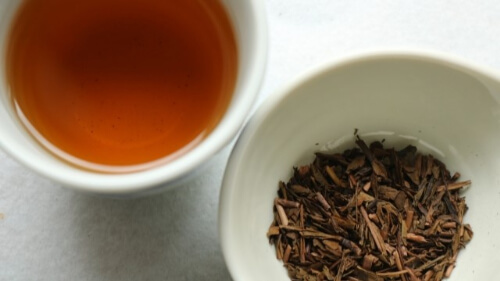
Hojicha is made by roasting green tea leaves over high heat, giving them a brown colour. Its flavour is smoky and light, with a toasty aroma. Hojicha is commonly served with meals, and some restaurants offer it for free. Due to its low caffeine content, many people enjoy it after dinner.
Genmaicha
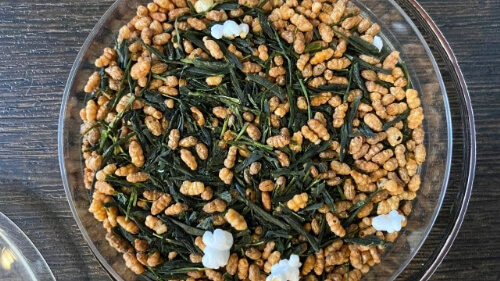
Genmaicha is a blend of sencha and roasted brown rice. It has a similar colour to green tea but carries a roasted, nutty fragrance and a mild, grainy flavour. In Japan, genmaicha is another popular tea commonly enjoyed in daily life and is available in convenience stores. It can be enjoyed both hot or cold.
Gyokuro
Gyokuro is a premium green tea, known for its smooth and rich flavour. Unlike sencha, gyokuro is grown in the shade, which results in a more intense umami taste and a deep green colour. It’s reserved for special occasions or mixed with sencha. Try it with Japanese traditional sweets like dango!
Bancha
Bancha is another type of green tea, but it’s made from the later harvest of tea leaves, giving it a more robust and earthy flavour compared to sencha. It has a slightly astringent taste and is often consumed casually at home. Bancha is popular due to its affordability and mild taste, making it an everyday tea for many Japanese families.
Other Types of Tea
Ooolongcha (Oolong Tea)
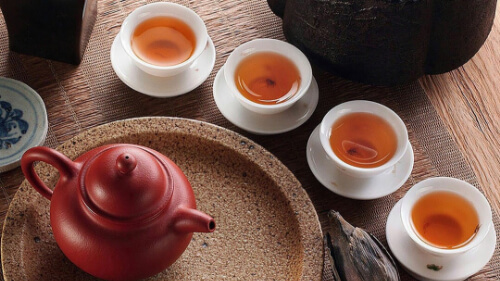
Oolong tea is a semi-fermented tea originating from China and is one of the most popular Chinese teas in Japan. It comes in many varieties, with a fruity aroma and a light, refreshing taste. Oolong tea is often enjoyed with meals, especially when eating Chinese food, and is a common choice in Japan as well.
Kocha (Black Tea)
Black tea, widely enjoyed in Western countries and South Asia, is also a popular drink in Japan. It is a staple in cafés and restaurants, and is often enjoyed alongside desserts or sweet snacks. Darjeeling, Assam, Earl Grey, and Ceylon are particularly favoured varieties in Japan.
Herbal Tea
Herbal teas, made from herbs and fruits, are also popular café menu items. With countless varieties available, chamomile, rooibos, peppermint, and rosehip are especially well-loved in Japan. Blending with other teas like green or black tea are also common. Most herbal teas are caffeine-free, making them a popular choice for relaxation before bedtime.
Mugicha (Barley Tea)
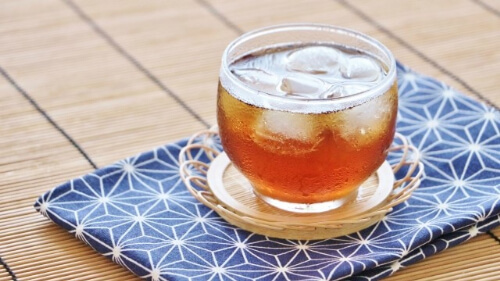
Barley tea, or mugicha, is made from roasted barley grains and has a brown colour. It has a slightly sweet, roasted flavour and is known for its effects to improve blood circulation. In Japan, mugicha is typically enjoyed cold, especially during summer, and many households keep a jug of it in the fridge.
Japan has a rich tea-drinking culture, offering a variety of teas to suit different tastes. Not only traditional green teas like sencha and matcha, but also many imported types like oolong and black tea are part of everyday life in Japan. There are also globally lesser-known teas such as hojicha and genmaicha that are beloved in Japan. When you visit Japan, be sure to try some of these teas for a true taste of Japanese culture!
